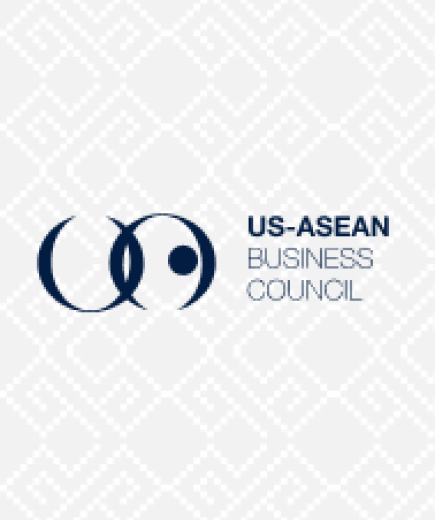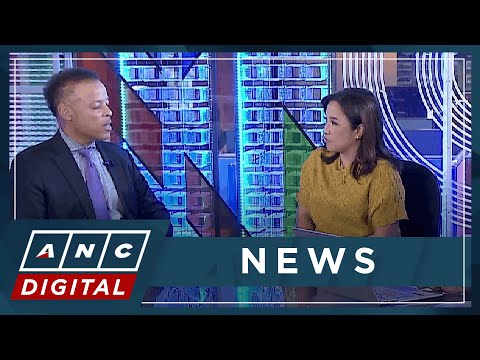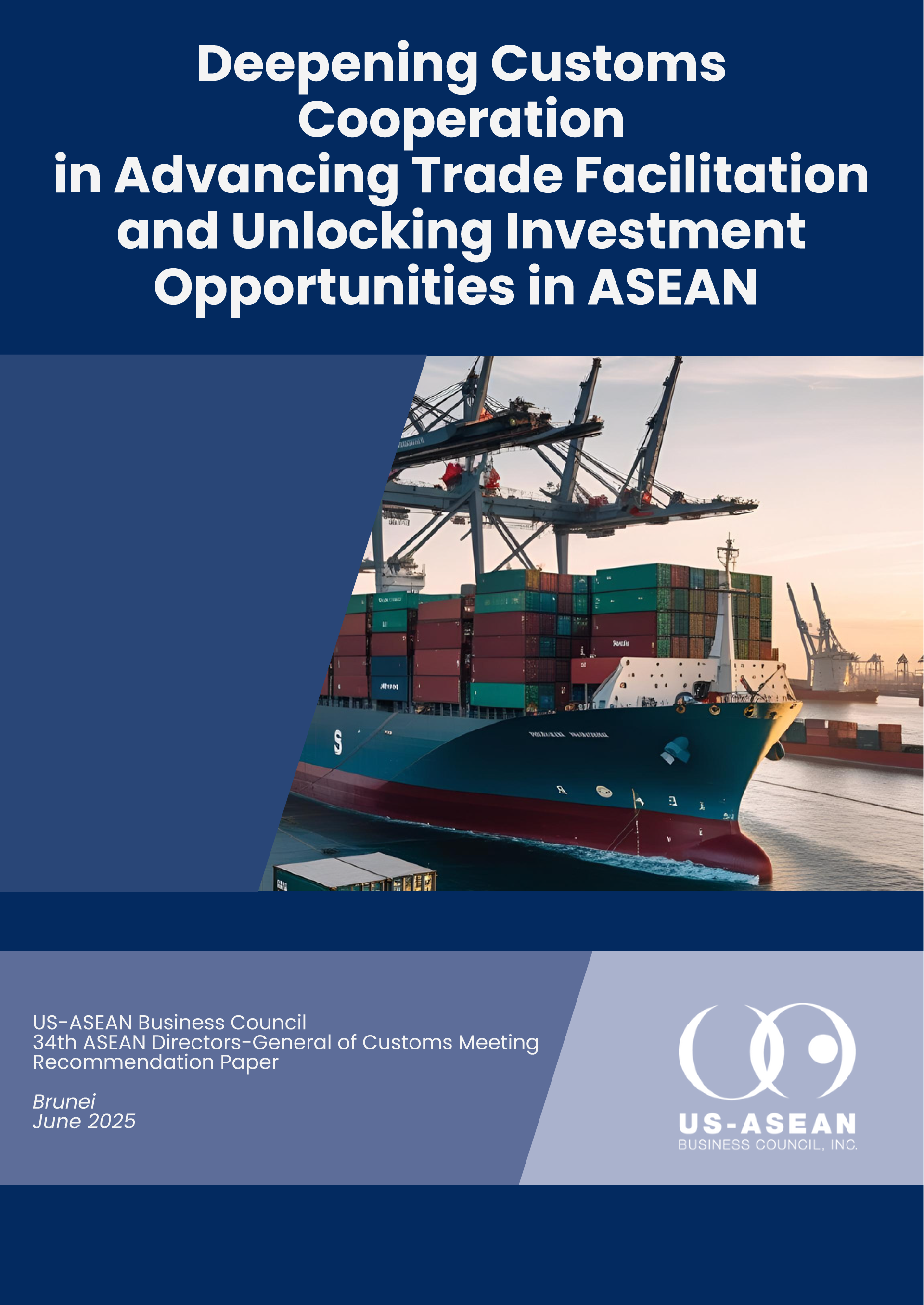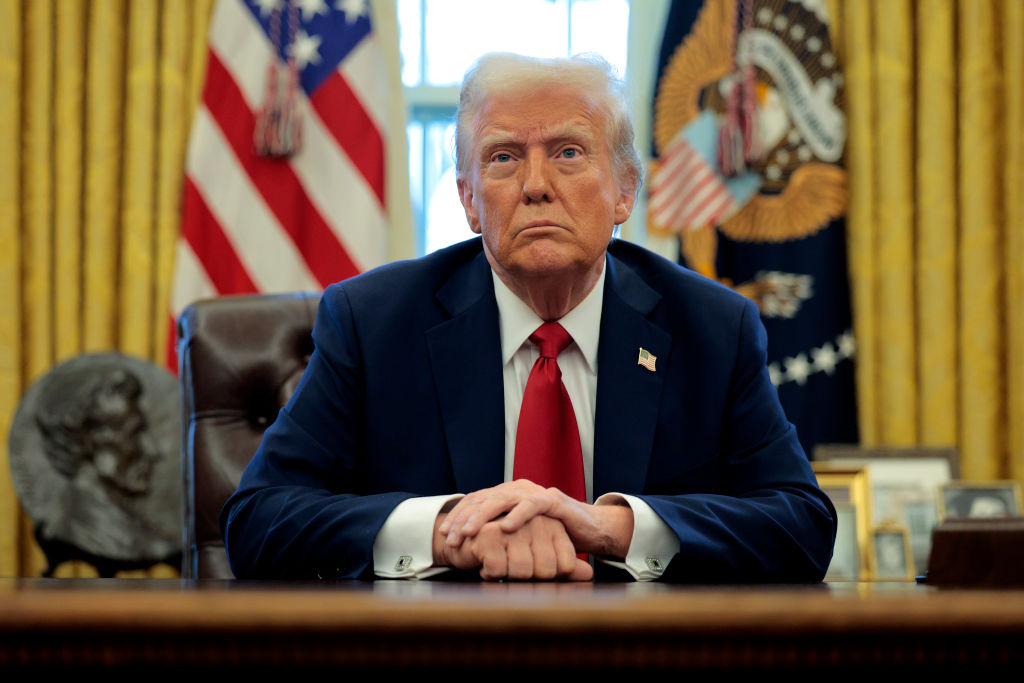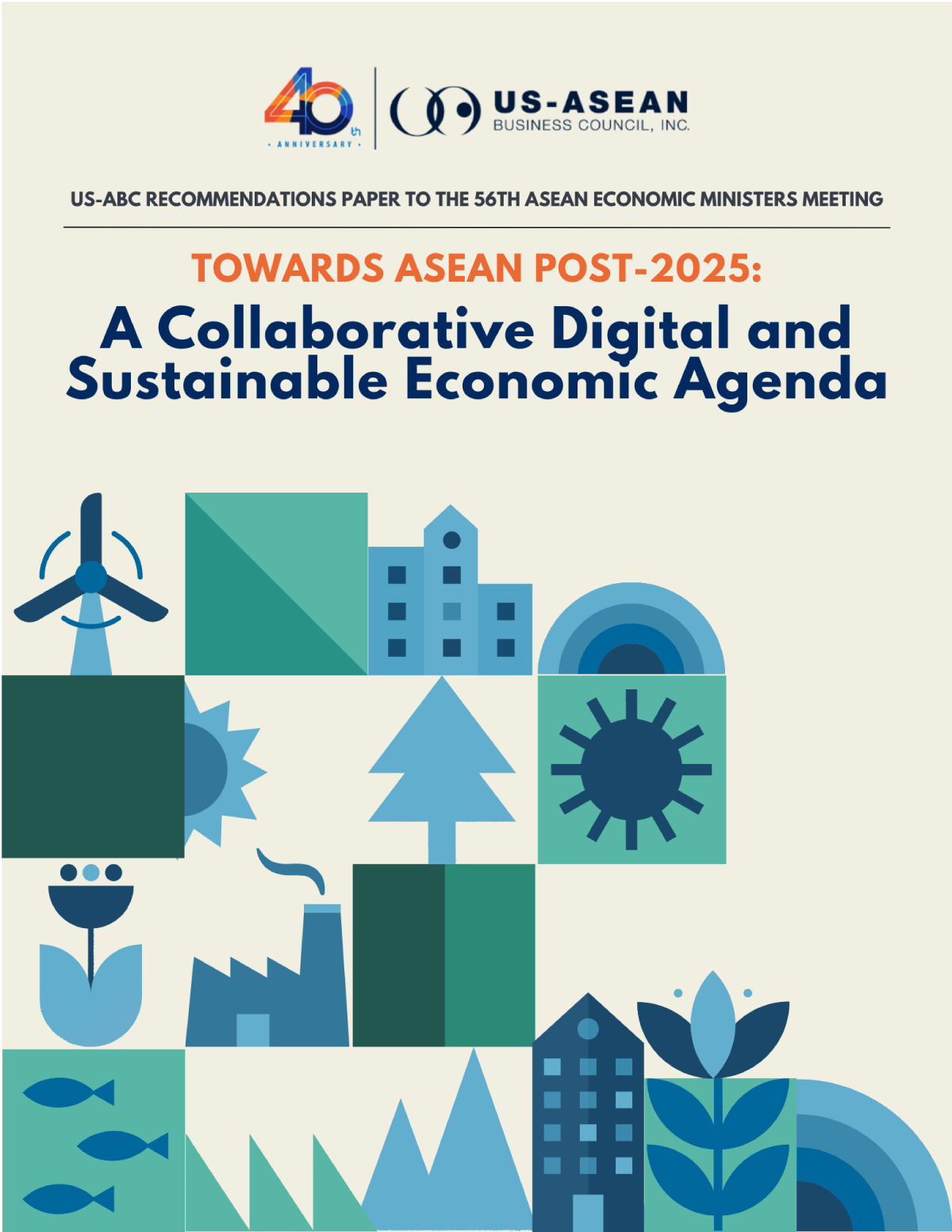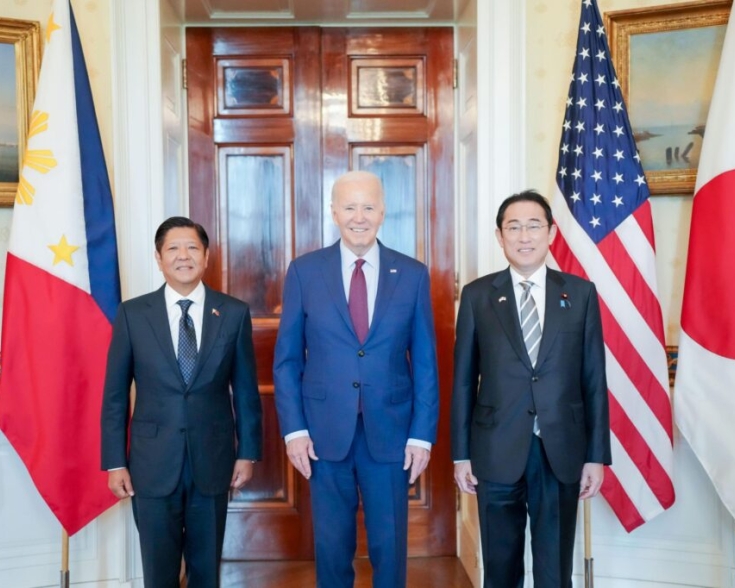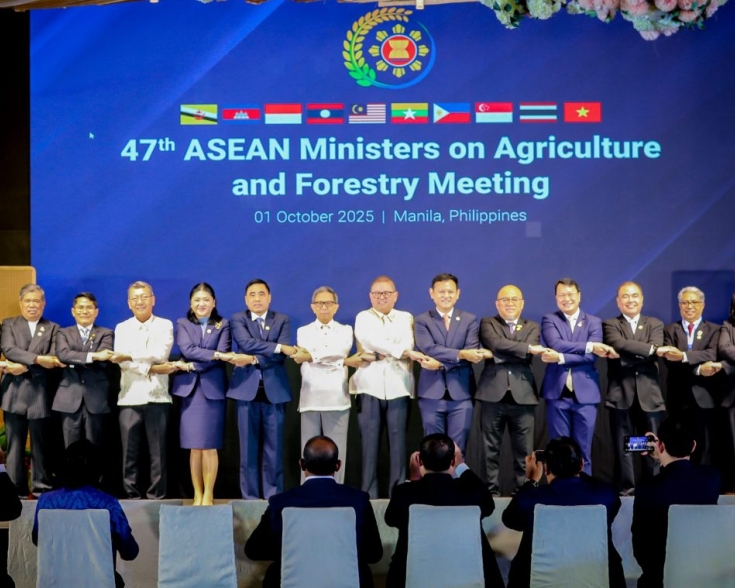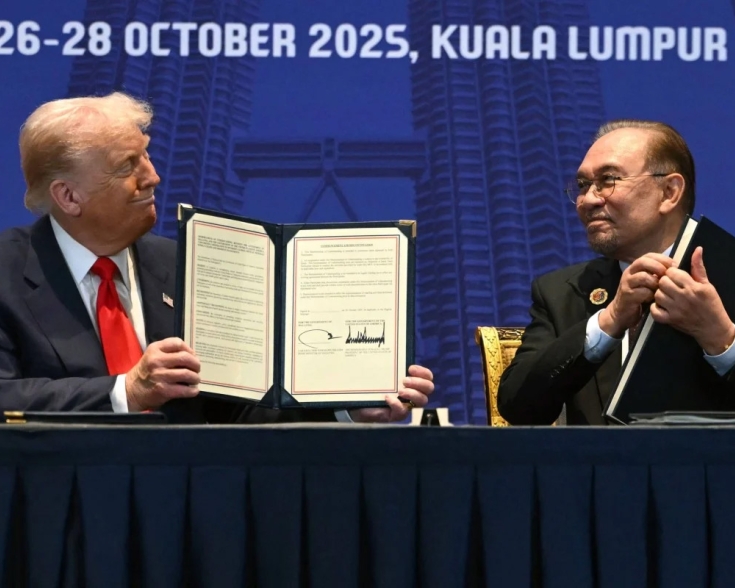The Philippines' Approach to Reciprocal Tariffs: Guarded Optimism and Cooperation
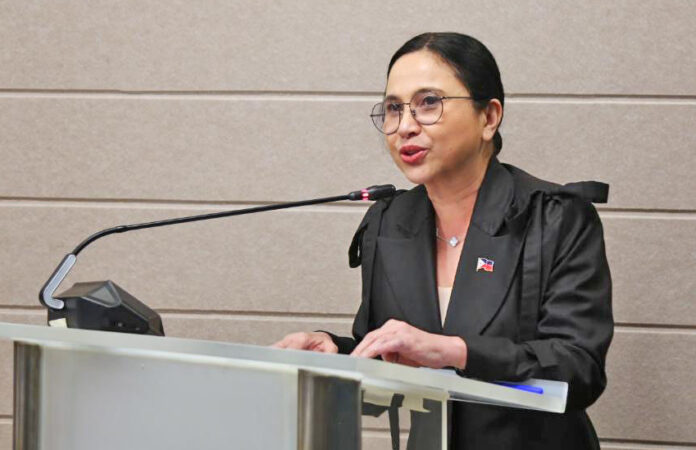
On April 5, the United States implemented the initial 10% universal tariffs on targeted countries, including the Philippines. Following President Trump’s announcement of a 90-day pause, tariff rates on the Philippines could rise to a total reciprocal rate of 17% in July, depending on the outcome of ongoing discussions between the two governments. This rate is relatively lower compared to its ASEAN peers, second only to Singapore at 10%.
The Philippines' response to the reciprocal tariffs involves a proactive and strategic approach, combining diplomatic negotiations, regional collaboration, and internal economic adjustments. Department of Economy, Planning, ad Development (DEPDev) Secretary Balisacan reiterated that regardless of U.S. trade policies, the country’s economic team will pursue a strategy that underpins “sound macroeconomic fundamentals, improving ease of doing business, maximizing existing trade agreements, and forging new partnerships.”
Safeguarding Industries
The Philippines’ economic exposure to U.S. tariffs is relatively contained in the near term. DEPDev expects minimal impact from these tariffs, with preliminary non-retaliation estimations averaging less than 1% on GDP and a potential upside in exports to the United States by 2%.
Exports: 53% of exported goods to the United States are electronic products, which are currently exempt from tariffs, while non-exempt goods are concentrated in “thin-margin, labor-intensive” industries such as garments, processed foods, and wood products. The Department of Trade and Industry (DTI) reassured that it is “business as usual” for exporters to meet current orders to take advantage of the 90-day pause while the Philippine government seeks to negotiate more concessional terms with its U.S. counterparts. Despite this, local exporters urged the government for stronger trade support and stressed the need for sectoral negotiations.
Electronics, Semiconductors, and Manufacturing: Manufacturing companies are undertaking a “wait-and-see” approach heading into the latter half of the year. While the industry is proceeding with caution amid recent developments, it continues to receive strong backing from the Marcos administration. Under Administrative Order 31, the Semiconductor and Electronics Industry (SEI) Advisory Council was recently established to “supercharge industry growth” by strengthening domestic manufacturing capacities, moving up higher value chains, and enhancing global competitiveness.
Agriculture: Department of Agriculture (DA) Secretary Francisco Laurel views the ongoing tariffs as a strategic opportunity to expand Philippine agricultural exports to the U.S. market, especially as agricultural competitors face higher tariff costs. While the Philippines remainsa net importer of U.S. agricultural goods, it already holds a comparative advantage in coconut oil, fish products, and other semi-processed goods. With relatively lower tariff costs, the Philippines is well-positioned to fill market gaps, such as more expensive mangoes from Cambodia and Thailand, and expand its U.S. market presence.
Business Process Outsourcing: A slowdown in U.S. corporate activity, global reshoring, and nearshoring could hamper growth in the services export sector. The IT-BPM sector is especially vulnerable as the United States accounts for 70% of the industry’s client base. The IT and Business Process Association of the Philippines (IBPAP) has thus been expanding initiatives in high-value services, including banking, financial services, health care, and digital transformation.
Leveraging Trade Diversion Benefits
Philippine government officials view the recent developments as an opportunity to positing the Philippines as a globally competitive manufacturing destination. Department of Finance (DOF) Secretary Ralph Recto highlighted leveraging the CREATE MORE Act to position the Philippines as a relocation hub for producers and investors facing higher tariffs elsewhere. The Philippine Economic Zone Authority (PEZA) reported an increase in registered relocating companies – in electronics, electric vehicles, automotive, solar, and agribusiness – even before the imposition of reciprocal tariffs. However, the government emphasized the urgent need to improve the country’s investment climate to fully capitalize on trade diversion benefits, highlighting key challenges such as ease of doing business, high service costs, infrastructure gaps, governance, institutional capacity, and regulatory constraints.
Enhancing Trade Connectivity
Aligning with ASEAN reintegration and trade diversification, the Philippine government is also exploring alternative markets. DTI Undersecretary Gepty announced Philippine plans to formally apply for the Comprehensive and Progressive Agreement for Trans-Pacific Partnership (CPTPP) this year. The agreement is expected to benefit the Philippines through increased market access and alignment with international rules and standards. The DTI is also bilaterally engaging with other CPTPP parties (Canada, Chile, Japan) and plans to engage non-CPTPP parties (EU, South Korea, Middle East, India) to expand exports and production markets access. A comprehensive list of the Philippines’ FTAs can be found here. Government officials also reaffirmed the Philippines’ commitment to advancing the ASEAN regional agreements, including the ASEAN Trade in Goods Agreement (ATIGA upgrade), the Digital Economy Framework Agreement (DEFA), and the Regional Comprehensive Economic Partnership (RCEP).
Deepening Trade Relations with the U.S.
DTI Secretary Cristina Aldeguer-Roque views this development with “guarded optimism” and an opening for “strategic opportunities” to improve economic ties with the United States. On May 2, the Philippine economic team, led by Special Assistant to the President for Investment and Economic Affairs Frederick Go and DTI Secretary Roque, met with U.S. Trade Representative Jamieson Greer in Washington, D.C. Aligning with ASEAN’s non-retaliatory joint statement, Secretary Go stated that the meeting with USTR would underpin “cooperation, not confrontation.” DEPDev Undersecretary Rosemarie Edillon also emphasized the Philippine government’s commitment to bolstering U.S.-Philippine trade relations, to “reduce, if not totally eliminate, what they call nontariff barriers.” Thus, the Philippine negotiating team stressed its prepared list of “asks and gives” and other areas for negotiation, as guided by local industry concerns, including semiconductor, electronics, coconut, garment, furniture, food processing, and automotive industries. Conversely, analysts expect that the Philippine government may offer the United States “targeted, strategic concessions” on automobiles, frozen meat, dairy products, and soybeans. Secretary Go highlighted that negotiations were “productive” and went “extremely well” with both sides aiming to arrive at a mutually beneficial arrangement.
On concrete steps moving forward, a technical working group (TWG), led by DTI Undersecretary Allen Gepty, will continue negotiations with USTR counterparts, aiming to arrive at a working framework before the end of the 90-day moratorium period. Beyond trade, Sec. Roque also noted initiatives to expand U.S.-Philippines relations on other platforms, including the USD3.8 million loan for the Luzon Economic Corridor.

